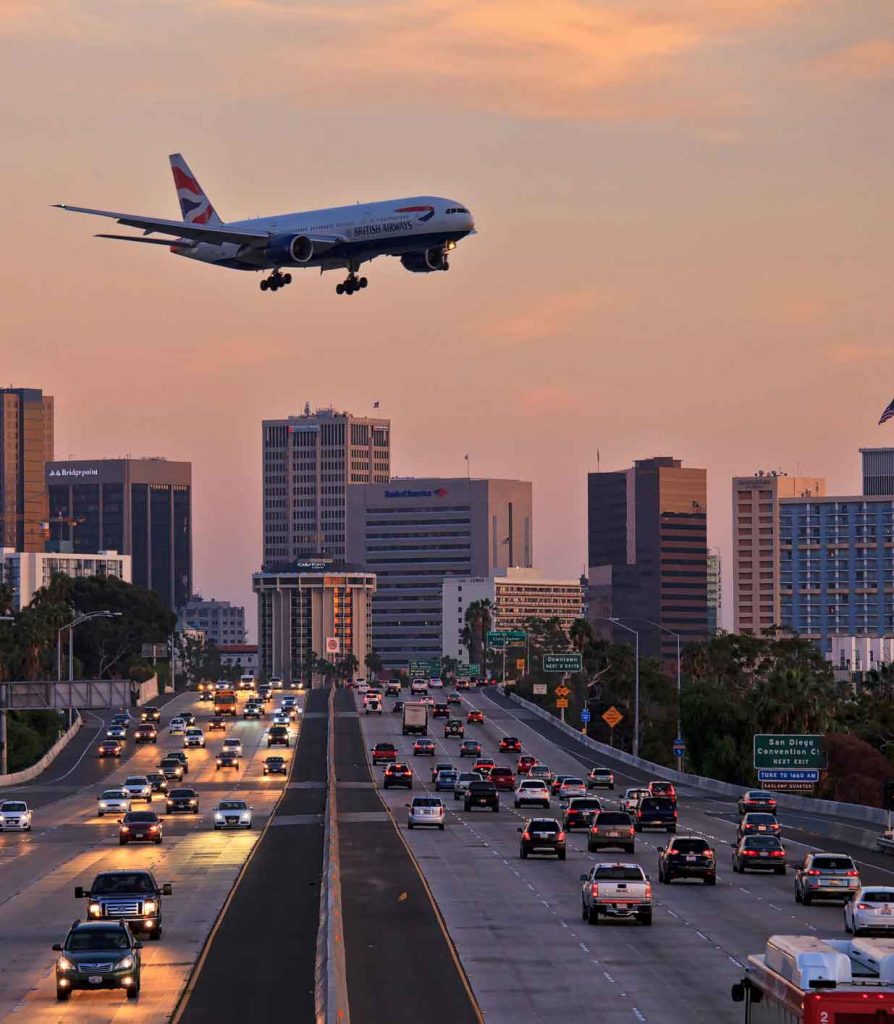Our Strategy
Infrastructure Commodities (Mauritius) Limited strategy centres around China’s One Belt, One Road policy, as we believe that as this route is constructed there will be a voracious need for certain commodity types that Infrastructure Commodities (Mauritius) Limited will have investment exposure to. We look to invest in mines and mining companies which can service the commodity need across the entire transport network that will run from China through to Europe.
The Silk Road Economic Belt and the 21st-century Maritime Silk Road, also known as The Belt and Road (abbreviated B&R), One Belt, One Road (abbreviated OBOR) or the Belt and Road Initiative is a development strategy and framework, proposed by Chinese leader Xi Jinping that focuses on connectivity and cooperation among countries primarily between the People’s Republic of China and the rest of Eurasia, which consists of two main components, the land-based “Silk Road Economic Belt” (SREB) and oceangoing “Maritime Silk Road” (MSR). The strategy underlines China’s push to take a bigger role in global affairs, and its need for priority capacity cooperation in areas such as steel manufacturing.


When Chinese leader Xi Jinping visited Central Asia and Southeast Asia in September and October 2013, he raised the initiative of jointly building the Silk Road Economic Belt and the 21st-Century Maritime Silk Road. Essentially, the ‘belt’ includes countries situated on the original Silk Road through Central Asia, West Asia, the Middle East, and Europe. The initiative calls for the integration of the region into a cohesive economic area through building infrastructure, increasing cultural exchanges, and broadening trade. Apart from this zone, which is largely analogous to the historical Silk Road, another area that is said to be included in the extension of this ‘belt’ is South Asia and Southeast Asia. Many of the countries that are part of this belt are also members of the China-led Asian Infrastructure Investment Bank (AIIB). North, central and south belts are proposed. The North belt goes through Central Asia, Russia to Europe. The Central belt goes through Central Asia, West Asia to the Persian Gulf and the Mediterranean. The South belt starts from China to Southeast Asia, South Asia, the Indian Ocean.
China is not the only investor in central Asian connectivity. Multilateral financial institutions, such as the Asian Development Bank, the European Bank for Reconstruction and Development and the World Bank have long been investing in the region’s infrastructure. The Kazakh government has its own $9bn stimulus plan, directing money from its sovereign wealth fund to infrastructure investment. Other countries, including Turkey, the US, and the EU have also made improving Eurasian connectivity a part of their foreign policy.
OBOR will see the development of six major economic corridors. Building transport and information infrastructure will beget the development of energy and industrial clusters along these economic corridors.
The massive inflow of investment across the construction industries will bring with it greater technical capacity for the less developed countries along the Silk Road as: transport infrastructure standards become harmonised, easing cross-border trade; higher technical standards improve the quality of buildings and other construction projects; and the latest technology and innovative building methodologies are utilised.
The initiative has already hugely boosted trade and investment. Trade between China and countries along the OBOR routes constitute a quarter of China’s total trade value, exceeding US$1 trillion in 2015. Indeed, Chinese exports to these countries exceed those to the US and the European Union, China’s top two export destinations. This trend will continue as ongoing investment in supporting infrastructure encourages trade flows.
Many countries along the OBOR need to improve their infrastructure stock. Pressures on the existing stock continue to mount as populations rise, urbanisation continues, and ongoing industrialisation and economic development requires supporting infrastructure. These factors, combined with the need to catalyse future economic growth with high quality infrastructure, necessitate ongoing investment.

